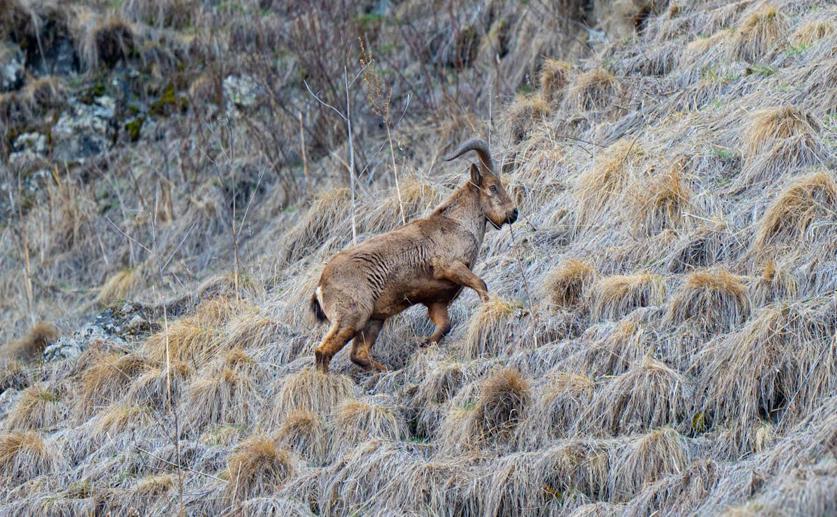
Genetic Insights into Hornless Traits and Intersex Syndrome in Goats
Jenn Hoskins
3rd July, 2024

Image Source: Saleh Bakshiev (photographer)
Key Findings
- The study by Northwest A&F University focused on the genetic basis of hornlessness (polledness) in Xinong Saanen dairy goats
- Researchers identified two key genomic regions on chromosome 1 that are crucial for determining whether goats have horns
- The findings can help breeders select for hornless goats, reducing the need for painful horn removal procedures and improving animal welfare
References
Main Study
1) Genome-wide association study provided insights into the polled phenotype and polled intersex syndrome (PIS) in goats
Published 2nd July, 2024
https://doi.org/10.1186/s12864-024-10568-9
Related Studies
2) Graduate Student Literature Review: Role of pain mitigation on the welfare of dairy calves undergoing disbudding.
3) Novel insights into the bovine polled phenotype and horn ontogenesis in Bovidae.
4) Independent polled mutations leading to complex gene expression differences in cattle.



 8th June, 2024 | Jenn Hoskins
8th June, 2024 | Jenn Hoskins